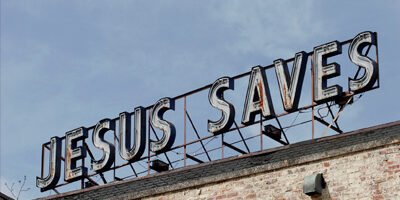During times of struggle, congregations often ask themselves “what can we do to help?” The first step is to understand the congregation’s resources. Is your building able to be used as a first-aid station or a place to get water and use the restroom? Is there meeting space to have community-wide discussions or small-scale planning meetings? Do you have volunteers who will help make snacks or coffee for those in the community? Are your clergy or lay leaders able to take time to provide support and leadership?
In Ferguson, Missouri and surrounding communities this week, congregations have played an important role. Greater St. Mark Family Church in St. Louis opened its doors to be used as a first-aid station and planning location. Greater Grace Church in Ferguson used its sanctuary as a large meeting hall for a community discussion. Wellspring church in St. Louis, recognizing that schools have been closed in Ferguson from the rioting, opened its doors from 10am-1pm for educational activities, counseling, and free lunch. Clergy from all over the nation have flooded into the St. Louis area, walking in front of and along side of the protestors as a sign of solidarity and peace.
It is in times of struggle that congregations are uniquely positioned to assist. Congregations have paid staff who generally have flexible schedules to volunteer and organize. Congregations are often focused on community matters, with knowledge of local police forces and governmental agencies. Congregations have buildings, computers, copiers, volunteers, kitchens, and restrooms, and have the systems already set in place to organize and lead large groups. Congregations are often spread out across a community in key strategic locations. Congregations are ready-made for assisting when communities are in need of support. But it just takes someone to ask the question, “what can we do to help?”

